26 June 2025
Ever sit in a history class and feel like you're in a never-ending slideshow of names, dates, and wars that seem galaxies away from your world? We've all been there. But what if history could jump off the page, step into your classroom, and invite you to join the party? That’s exactly what historical simulations do — and let me tell you, they’re absolute game-changers.
In this article, we’re diving into how historical simulations breathe life into dusty textbooks and turn bored yawns into “aha!” moments. So buckle up, because history’s about to get hands-on.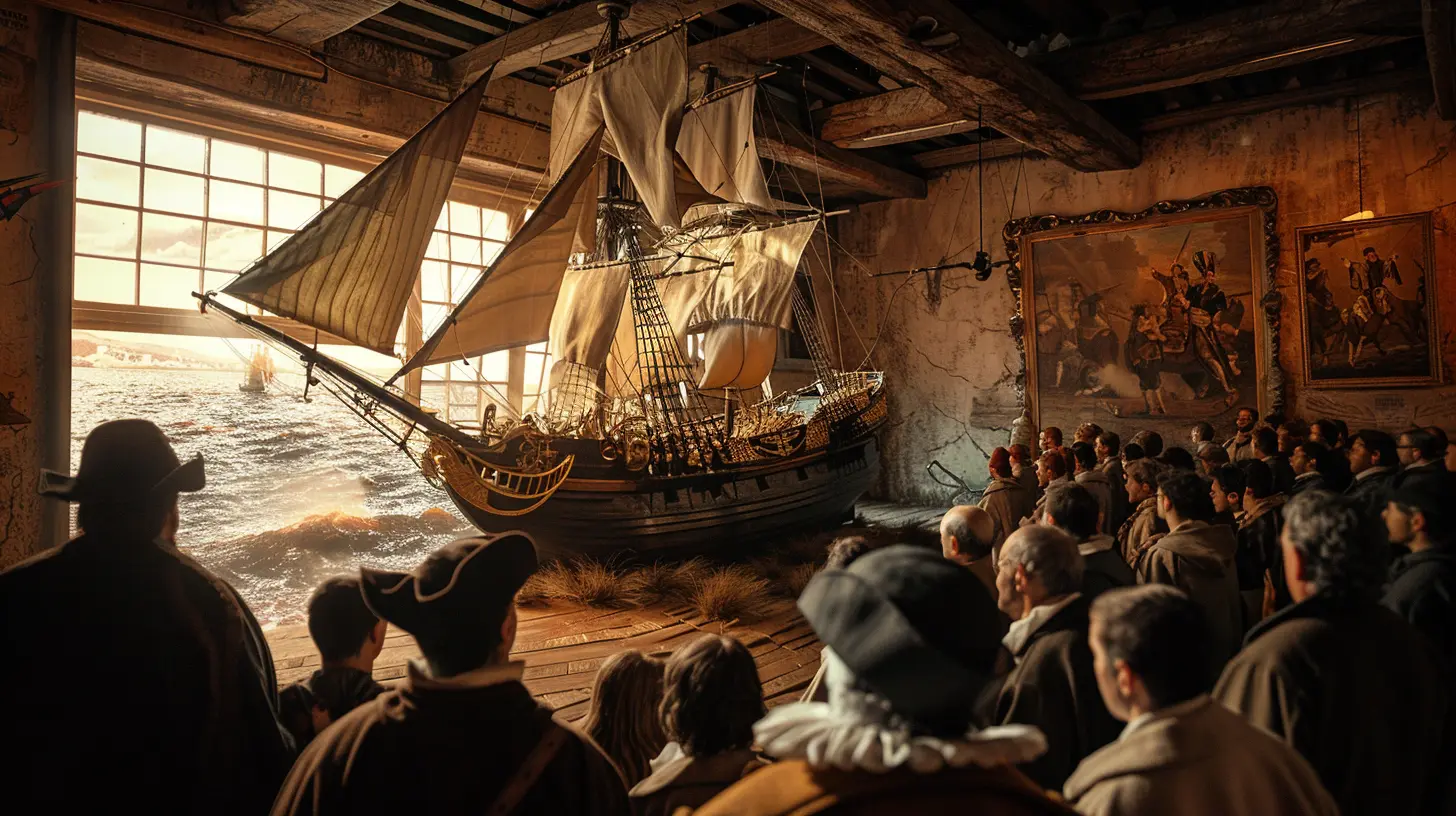
What Are Historical Simulations, Anyway?
Before we dive too deep, let’s clear up what we’re actually talking about. Historical simulations are interactive, role-based learning experiences where students step into the shoes of real (or sometimes fictional) historical figures. They analyze decisions, solve problems, and navigate conflicts — just like people did back then.Think of it as part-history-lesson, part-time-travel, part-epic-theater.
Instead of memorizing battle dates, you're commanding troops at Gettysburg. Rather than just reading about the French Revolution, you're debating the rise of Napoleon from the floor of a revolutionary assembly. It's active learning at its finest.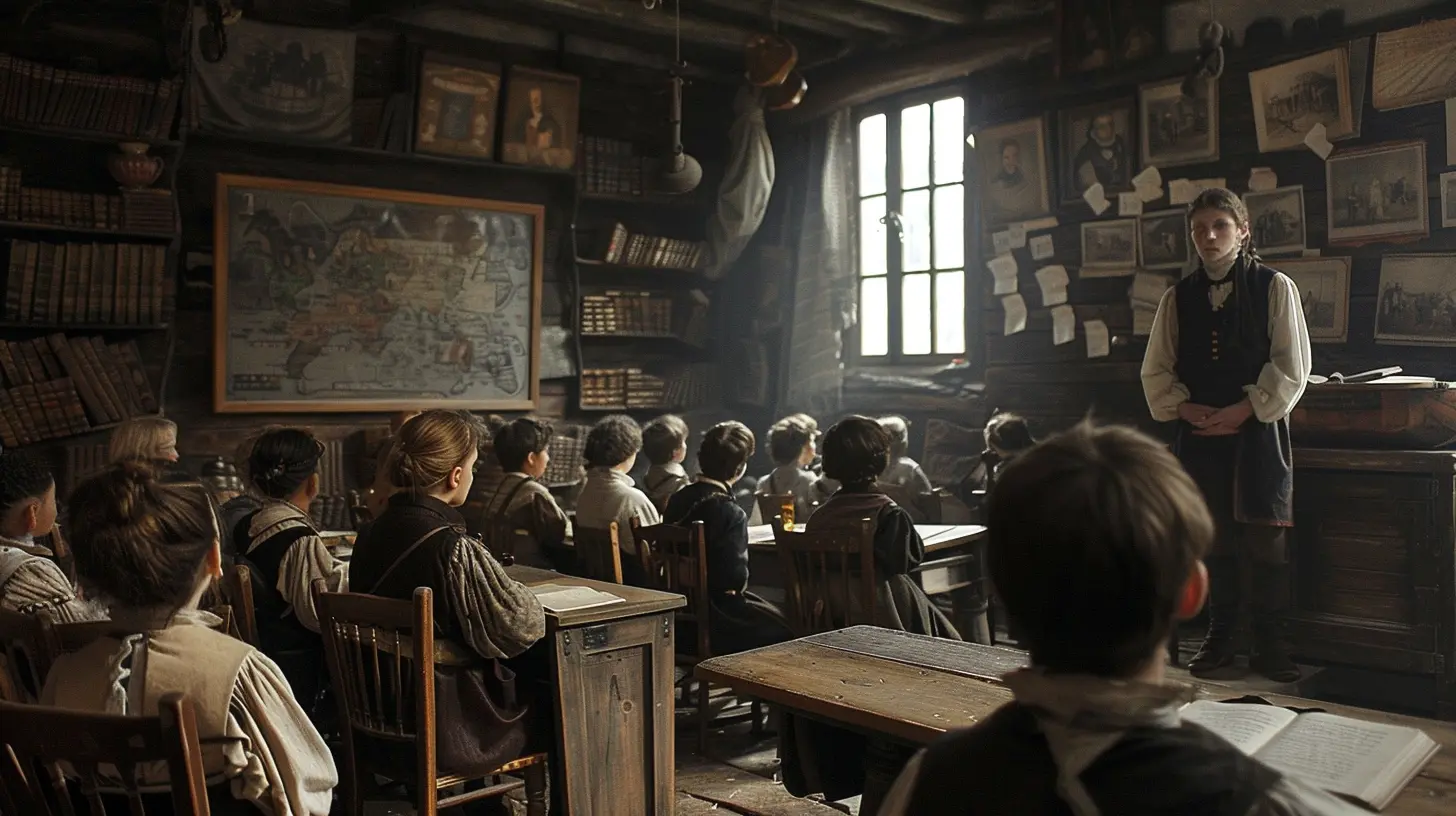
Why Simulations Work Better Than Lectures
Let’s be real: passive learning rarely sticks. We can read about Julius Caesar a hundred times, but until you’re standing in his sandals, plotting your next political move… it might not click.Here’s why simulations stick:
- Engagement skyrockets: Kids love games and stories. Simulations mix the two.
- Critical thinking kicks in: It’s not about getting the “right” answer, it’s about weighing options and making choices.
- Empathy develops: You begin to understand what it was really like to live in another era — the struggles, values, and pressures.
- Teamwork gets real: Many simulations involve group roles. Suddenly, your classmates are allies… or rivals.
You’re not just learning history — you’re living it.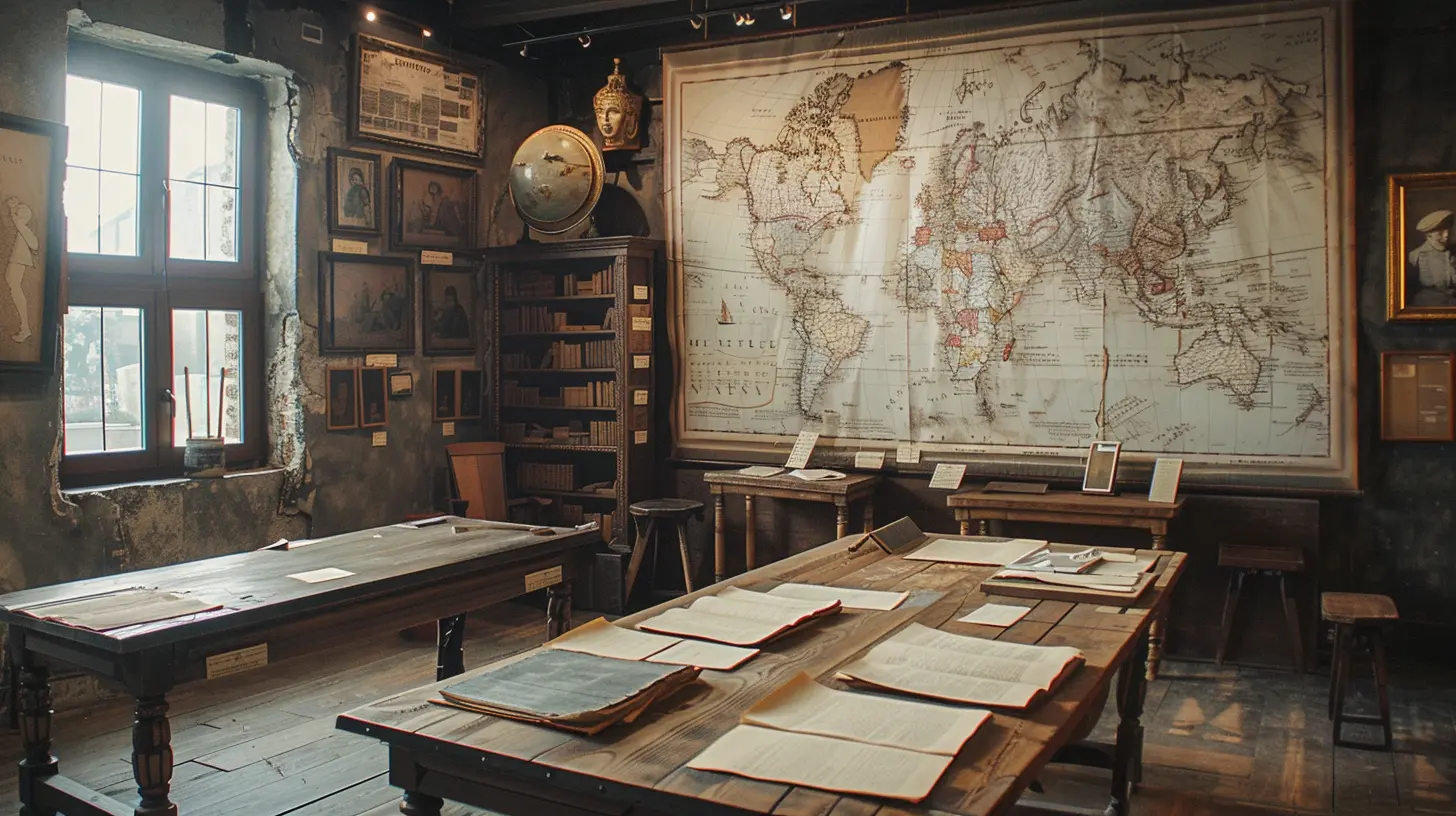
A Peek Into The Classroom: Simulations in Action
So, what does a historical simulation actually look like in practice? Glad you asked.1. The Constitutional Convention (1787 Role Play)
Each student becomes a delegate from one of the original 13 colonies. Some represent big states, others small. They argue about representation, slavery, federal power, and yes — a whole lot of heated debate about taxes.The result? Students remember the Constitution not as a boring document, but as a compromise between real people with very real agendas.
2. World War I Peace Treaty Negotiations
After learning about the Great War, students become world leaders trying to hammer out the Treaty of Versailles. France wants revenge. Britain wants balance. The U.S. wants peace. How do they find common ground without triggering another war?Spoiler: they might fail. But in failing, they learn.
3. Alternate History Olympics
Students research a historical event and then reimagine how a different outcome might have changed the world. What if the South had won the Civil War? What if Cleopatra had triumphed over Rome?This one's less about getting facts right and more about understanding the ripple effects of choices and events. Plus, it's ridiculously fun.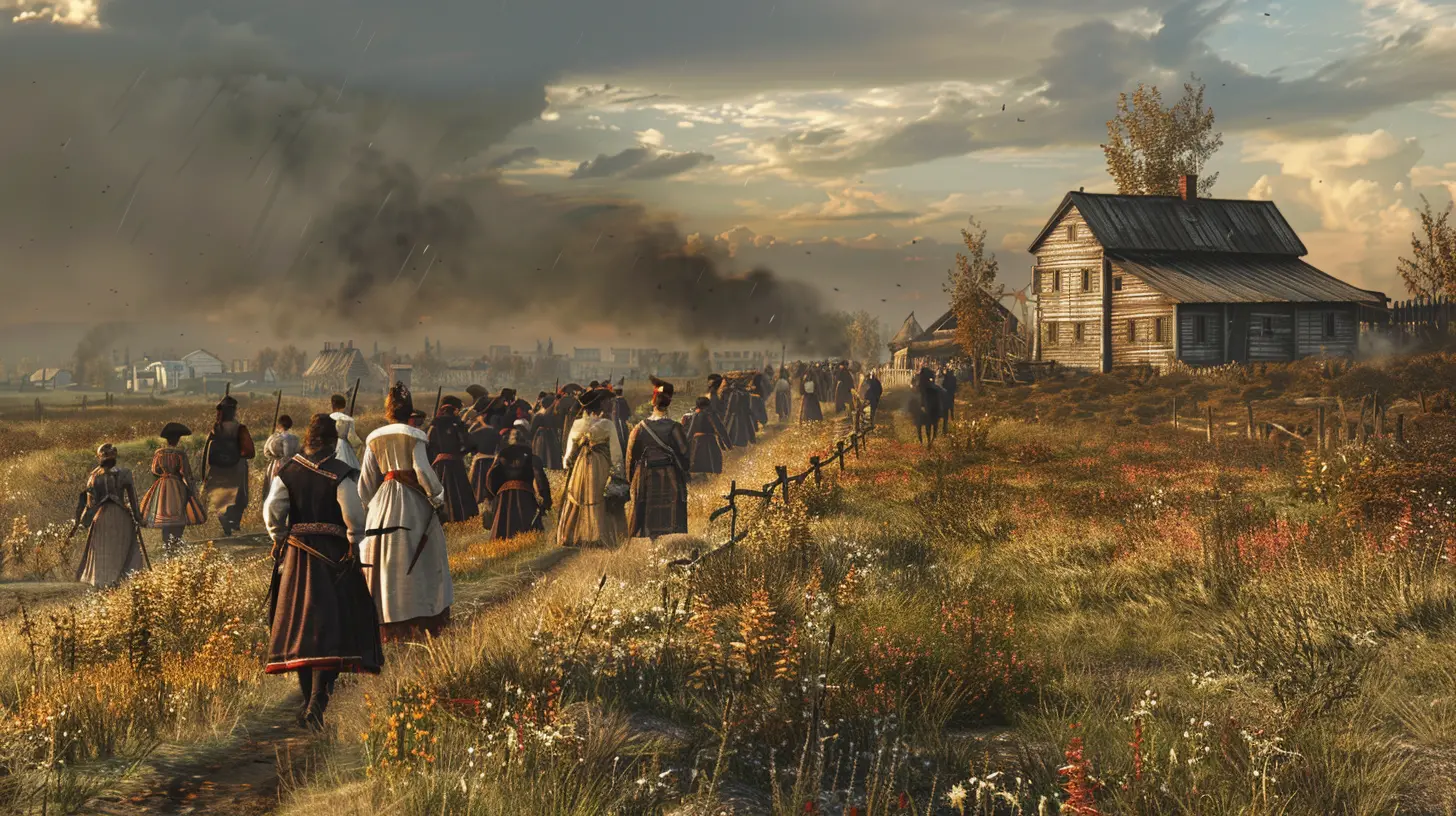
Getting Started: How Teachers Can Run Historical Simulations
Running a simulation might sound complicated, but it’s easier than it seems — and worth every bit of prep. Here’s a simple starter roadmap:Step 1: Choose the Right Moment in History
Pick a turning point — a big decision, a famous conflict, or a major debate. The juicier the drama, the better.Step 2: Assign Roles with Backstories
Give each student a character profile. The more detailed, the better. Include their motivations, fears, and historical context. This helps kids feel like their character.Step 3: Set the Stage and Rules
Create a clear scenario. Are students in a courtroom? A battlefield? A United Nations-style summit? Explain the procedures, but give them wiggle room to improvise.Step 4: Let the Simulation Begin!
Let students interact, negotiate, clash, and problem-solve. Don’t over-control it — the magic happens when they take the reins.Step 5: Debrief and Reflect
After the dust settles, ask: What happened? Why? How was it different from real history? This is where the deepest “lightbulb moments” usually appear.Technology Makes It Even Better
We live in the golden age of educational tech, and yes, that includes historical simulations.Thanks to digital tools, these experiences are more accessible than ever. Here are a few tech-enhanced options:
- Reacting to the Past: A series of immersive role-playing games used in colleges worldwide.
- TimeMaps and ChronoZoom: Interactive historical timelines and maps that help set the scene.
- Minecraft: Education Edition: Wait, what? Yep. Some teachers build historical worlds in Minecraft and let students explore and role-play.
- Virtual Reality (VR) Expeditions: Students can walk through ancient Rome or fly over the trenches of WWI.
Let’s face it — building a Roman Senate from scratch in the classroom is hard. But in a VR headset? Not so much.
Students Love Them — And Research Backs It Up
You don’t have to take our word for it — studies consistently show that historical simulations improve understanding, retention, and even test scores.But more importantly, students say that simulations make history fun. That’s a big win.
Plus, when students act as historical figures, they ask deeper questions like:
- Why did this happen?
- What would I have done in that situation?
- Could history have turned out differently?
And those kinds of questions? They’re the beating heart of historical thinking.
What Skills Do Simulations Build? (Spoiler: More Than You'd Think)
History is just the beginning. These simulations quietly sneak in loads of valuable real-world skills too:- Public speaking
- Negotiation
- Conflict resolution
- Leadership
- Empathy
- Research and writing
- Team collaboration
Basically, you’re molding future diplomats, journalists, lawyers, and leaders. No big deal.
Common Concerns (and Why You Shouldn’t Worry)
“But I have a strict curriculum to follow!”
Totally valid — but simulations can align with standards. In fact, they often cover more ground because students remember the content better.“Won’t it take too much time?”
Yes, simulations take planning. But they also make up for it in engagement and long-term retention. Quality over quantity, right?“What if students get off-topic or silly?”
Here’s the secret: the more structured and serious you set it up, the more students will respect the process — and wow you with their commitment.Top Tips for Success
- Start small: A 30-minute debate can be just as powerful as a week-long simulation.- Build enthusiasm: Tease the simulation like it’s the next big blockbuster.
- Support quieter students: Give them roles like note-taker, journalist, or historian if they’re nervous about speaking.
- Use costumes or props: Even a simple hat or name tag can make it feel more immersive.
- Encourage reflection: Ask students to journal or discuss what they learned afterward.
Bringing it All Together
At the end of the day, history was made by people just like us — with hopes, fears, families, and very big decisions to make. Historical simulations remind us that the past isn’t just a timeline… it’s a collection of lived experiences.By role-playing those moments, students stop being passive observers and become active historians. They ask questions, make mistakes, debate ideas, and wrestle with consequences. And that’s where real learning lives.
So if your history classroom feels a bit...well, historical, it might be time to shake things up. Let students become the history — and watch the magic happen.

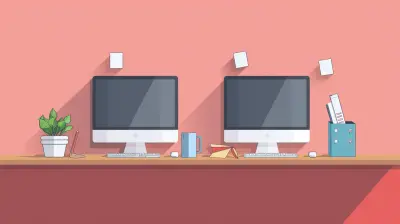
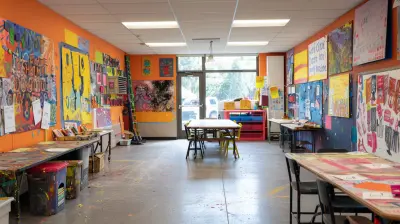
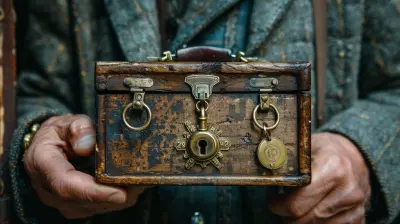

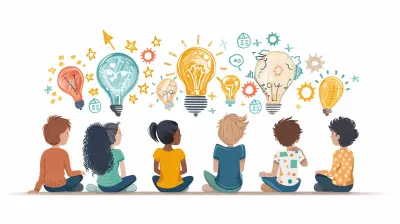


Calder McQuillen
Because who needs boring textbooks when we can pretend to be historical figures? Next up: a reenactment of my last trip to the grocery store—thrilling!
October 22, 2025 at 8:58 PM